
An online petition, “Alert for Nature, invites EU citizens to a public consultation to save two Natura 2000 Directives
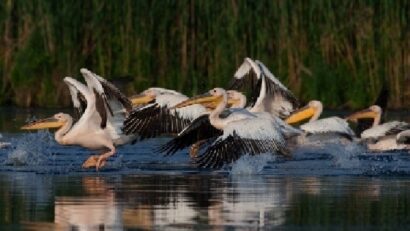
Romania boasts over 400 species of birds at present
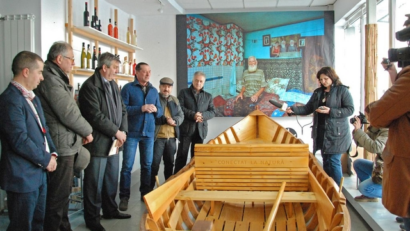
Formed around three branches of the River Danube that flow into the Black Sea, the Danube Delta is the largest wetland in Europe. It is also the...

The Braila Wetland Nature Reserve, in the Danube floodplain, is a nature reserve that is home to an incredible array of flora and fauna.
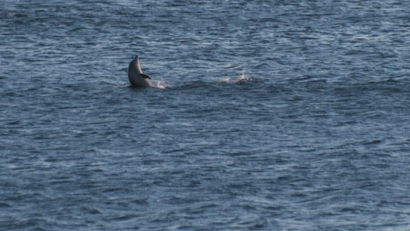
Dolphin spotting boat trips will be available for the first time for visitors to the Romanian seaside resorts this summer.
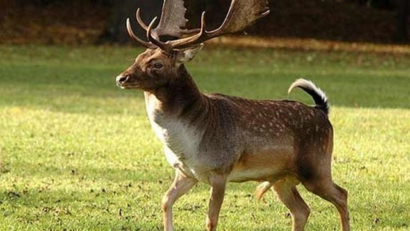
Romania boasts one of the richest faunas in Europe.
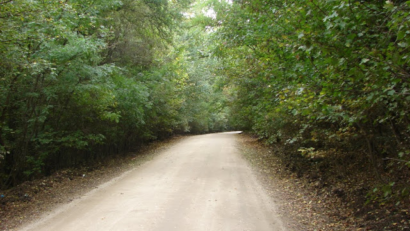
The need for windbreaks to protect soil from erosion and keep snow from drifting onto roads first appeared in the 19th century.
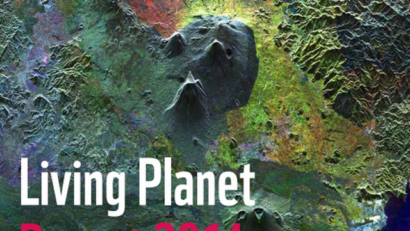
According to the 2014 Living Planet Report, the world's wild fauna dropped by over 50%.
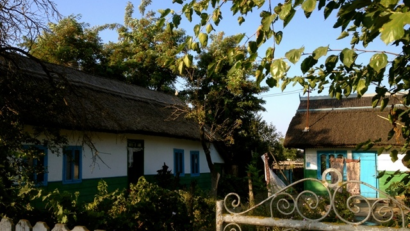
The Danube Delta is the largest nature reserve in Europe. In 1991 it obtained international recognition and became a UNESCO World Heritage site.

The Romanian town of Baia Mare is one of the most active places involved in renewable energy in the country.
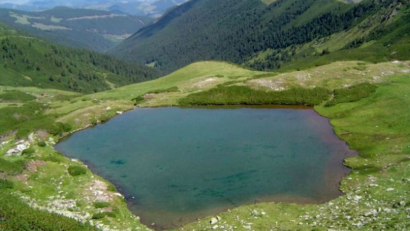
We invite you on a trip to the Rodna Mountain National Park, the widest protected area in the north east of the Carpathians, and the main tourist objective in Maramures, northern Romania.
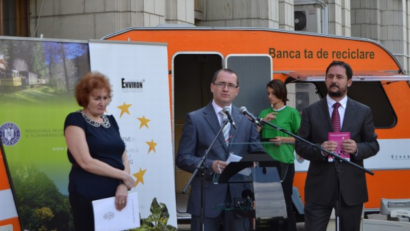
Only one month after its launch, the campaign “Ecobank - Your Friendly Recycling Bank boasts over 2 tons of used appliances recycled, 300 subscribers, and 10,000 points awarded for the ECOnomy Books of said subscribers.
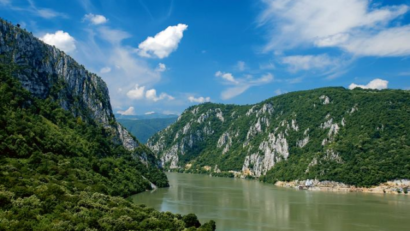
In the past years, more and more schools in Romania have been implementing environmental education programs. Under such programs children are taught how to protect nature, by recycling, collecting waste, planting trees, and by protecting biodiversity.
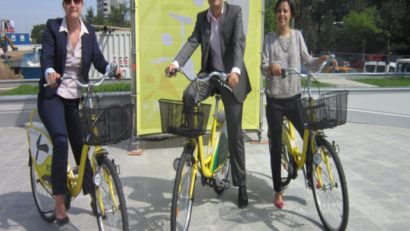
Black Tie Biking is the first free bike-sharing program for business people in Romania.
